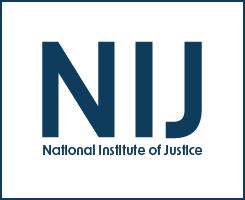FBI subaward to NIST project GOJPNIJ24000016 "Comparison of Examiner Conclusions with Score-based Likelihood Ratios for Cartridge Case Evidence
O2309-015-015-012545
Open
Funding First Awarded
2023
$120,000


